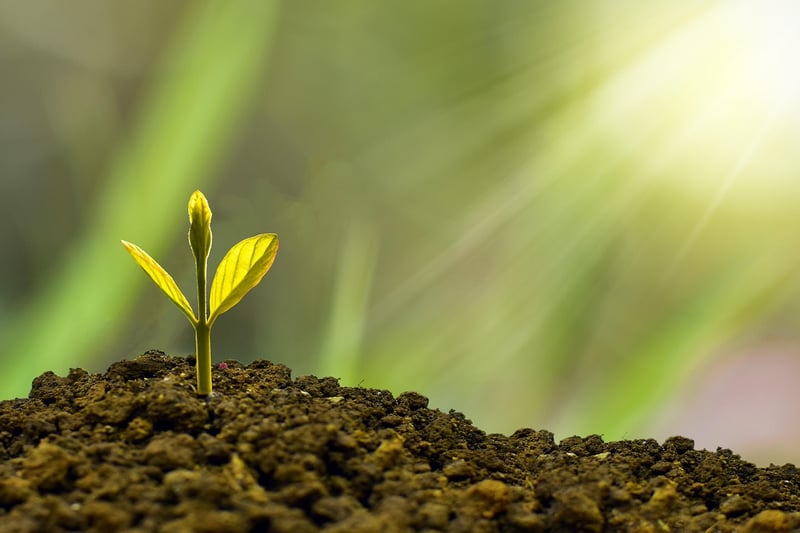Sustainability Practices
The Art of Upcycling: A Guide to Sustainable Practices
Introduction to Upcycling
Upcycling is the creative process of transforming old or discarded materials into something new and of higher value. It not only reduces waste but also promotes sustainability by giving new life to items that would otherwise end up in landfills.
Benefits of Upcycling
- Reduces waste and conserves resources
- Encourages creativity and innovation
- Helps in reducing carbon footprint
- Promotes a sustainable lifestyle
Upcycling Ideas
There are numerous ways to incorporate upcycling into your daily life. Here are some popular ideas:
- Turn old t-shirts into tote bags
- Repurpose glass jars into storage containers
- Transform wooden pallets into furniture
- Upcycle wine bottles into decorative vases
Tips for Successful Upcycling
- Choose materials that are durable and in good condition
- Get creative and think outside the box
- Use non-toxic paints and adhesives
- Support local artisans who specialize in upcycling
Importance of Sustainability Practices
Sustainability practices are essential for preserving the environment and ensuring a better future for generations to come. By adopting sustainable habits, we can reduce our ecological footprint and contribute to a healthier planet.
How to Incorporate Sustainability Practices
There are simple changes you can make in your daily life to promote sustainability:
- Reduce, reuse, and recycle
- Conserve energy by turning off lights and unplugging devices
- Support eco-friendly brands and products
- Use public transportation or carpool whenever possible
Conclusion
Upcycling and practicing sustainability go hand in hand to create a greener and more eco-conscious world. By embracing these principles, we can make a positive impact on the environment and inspire others to do the same.


